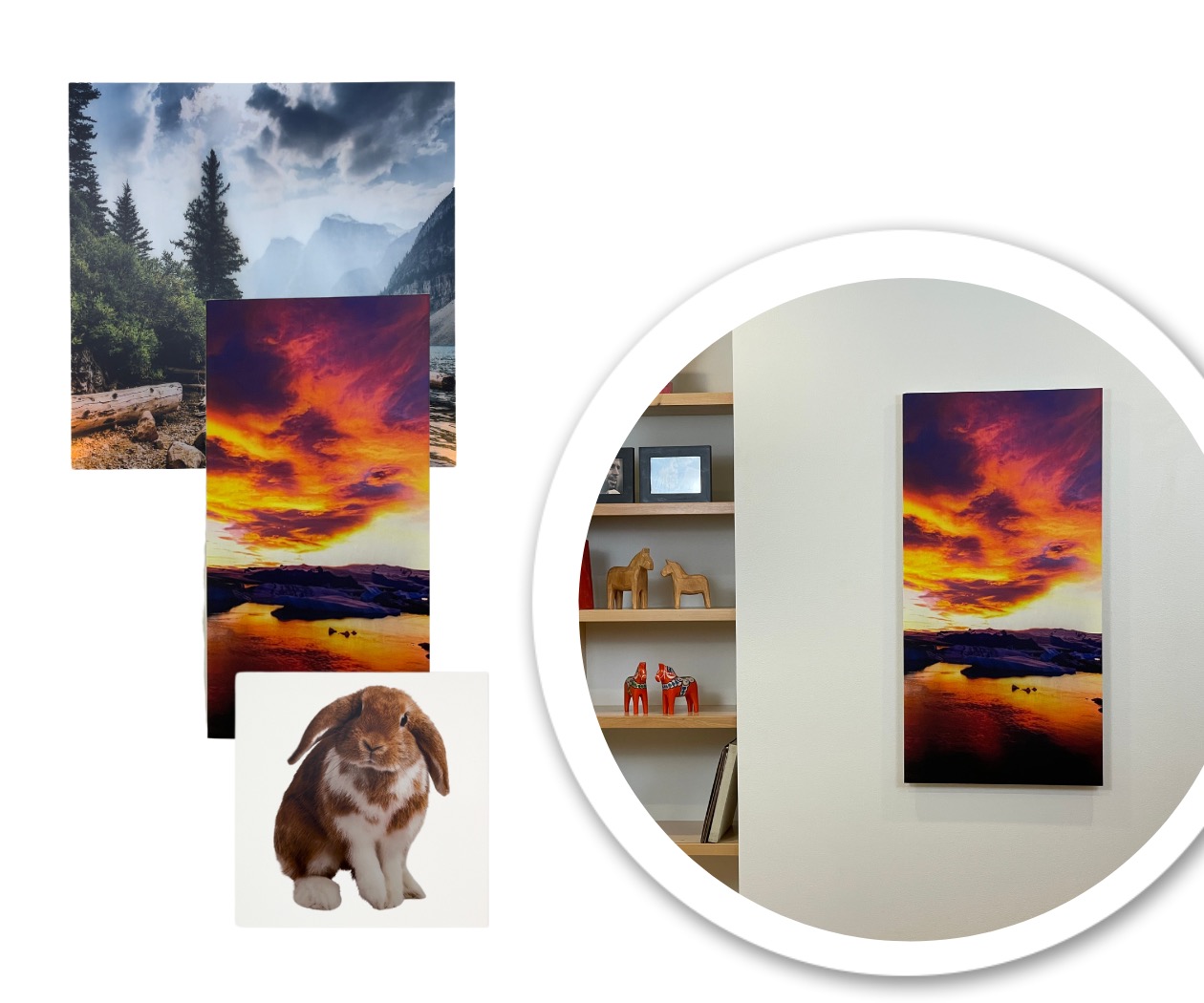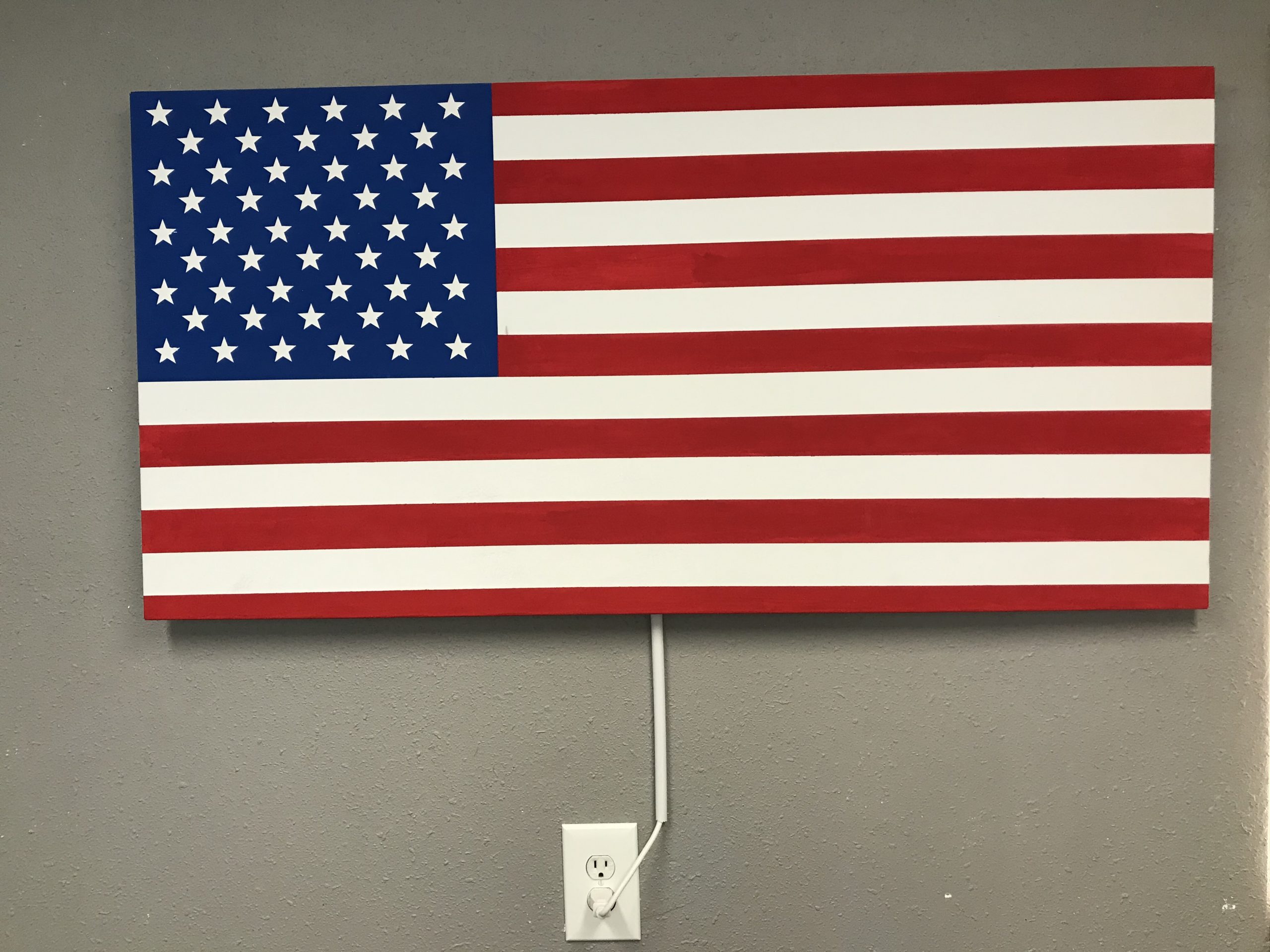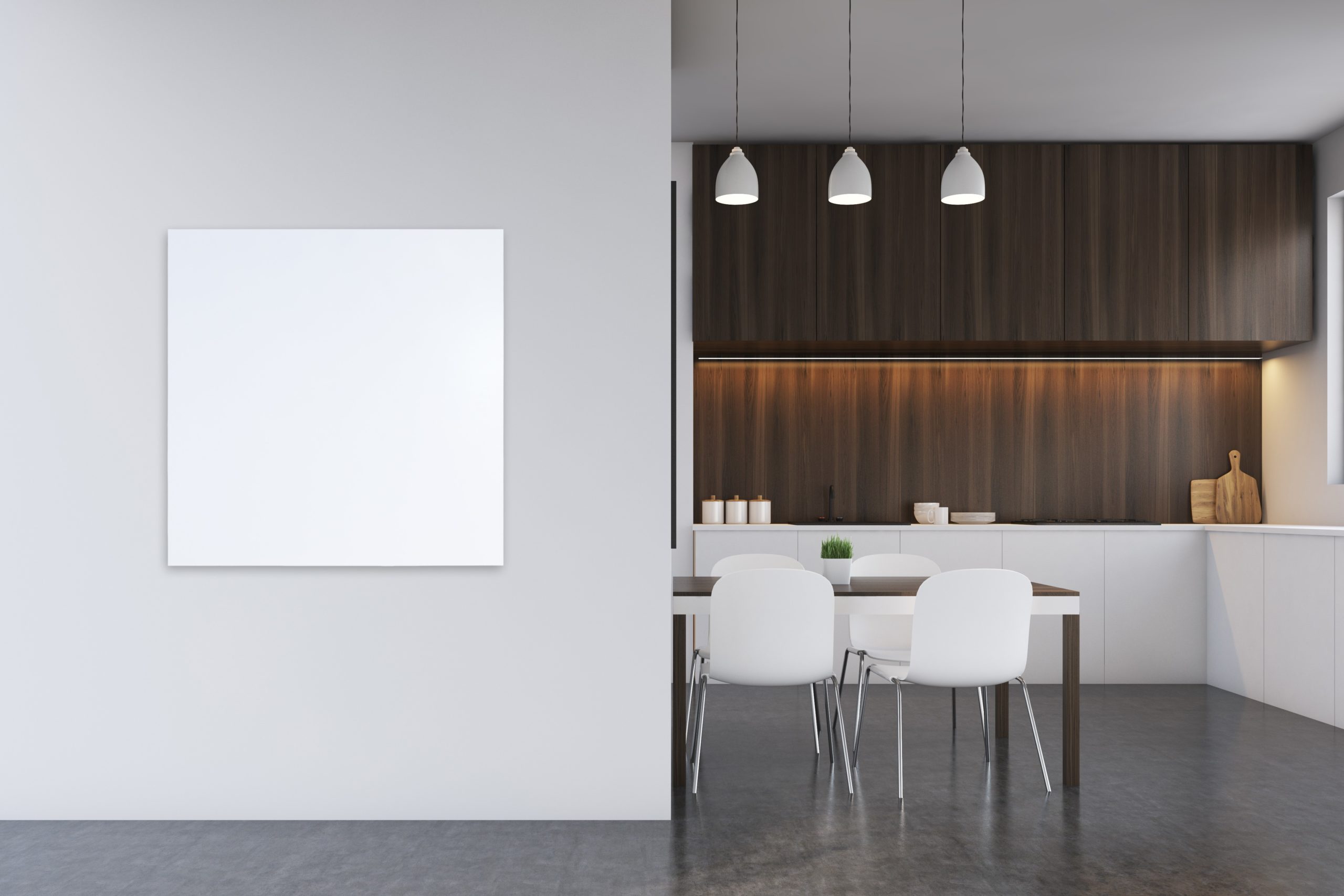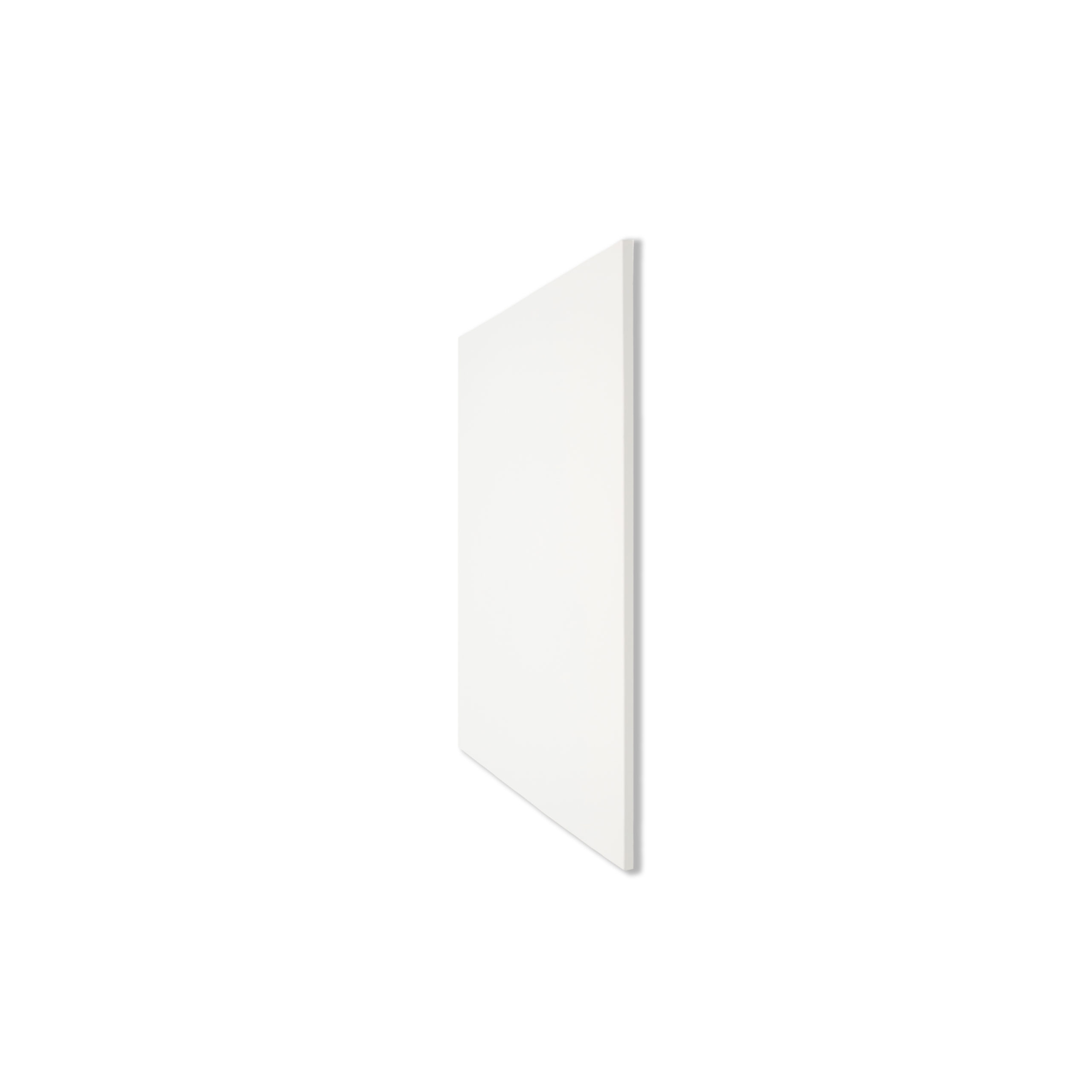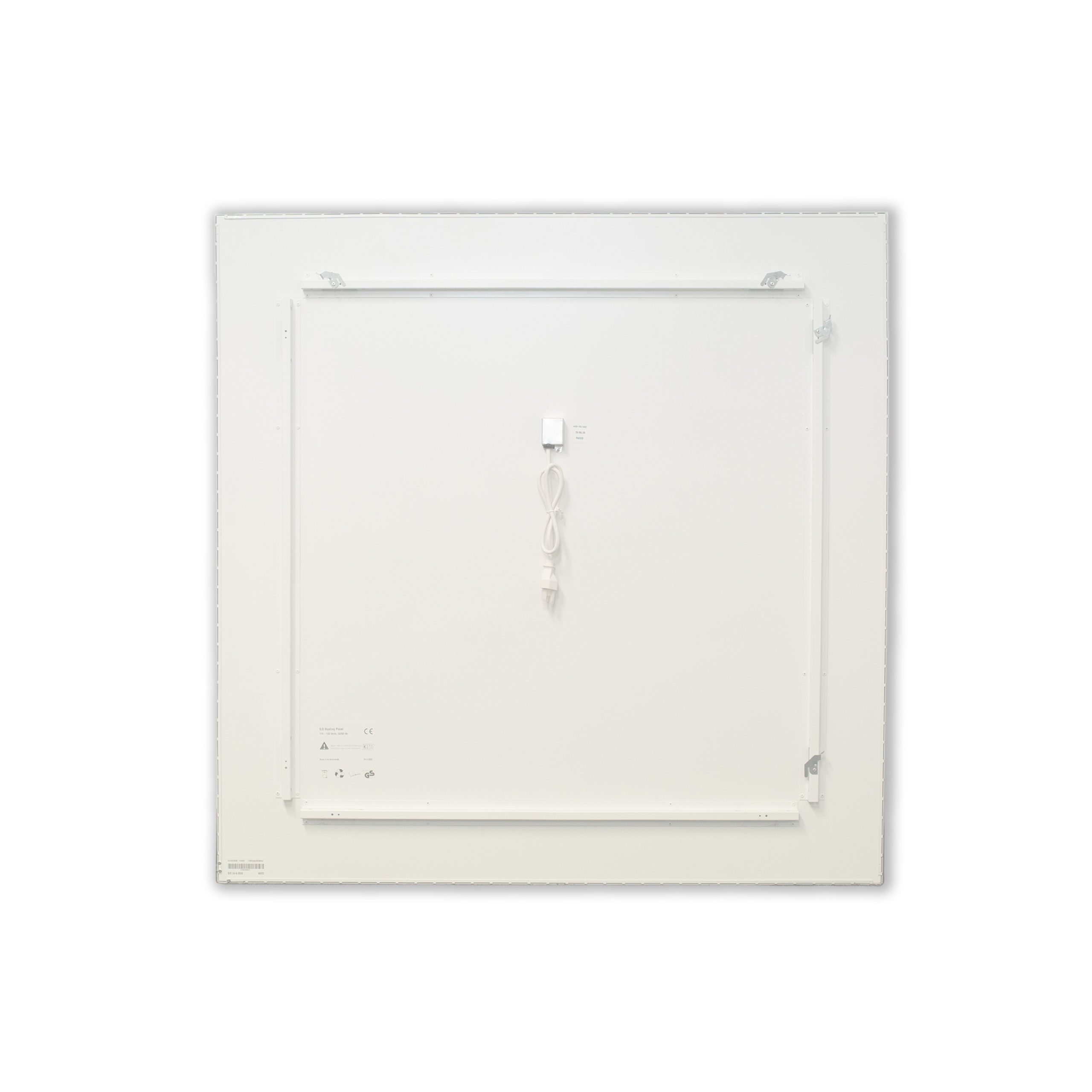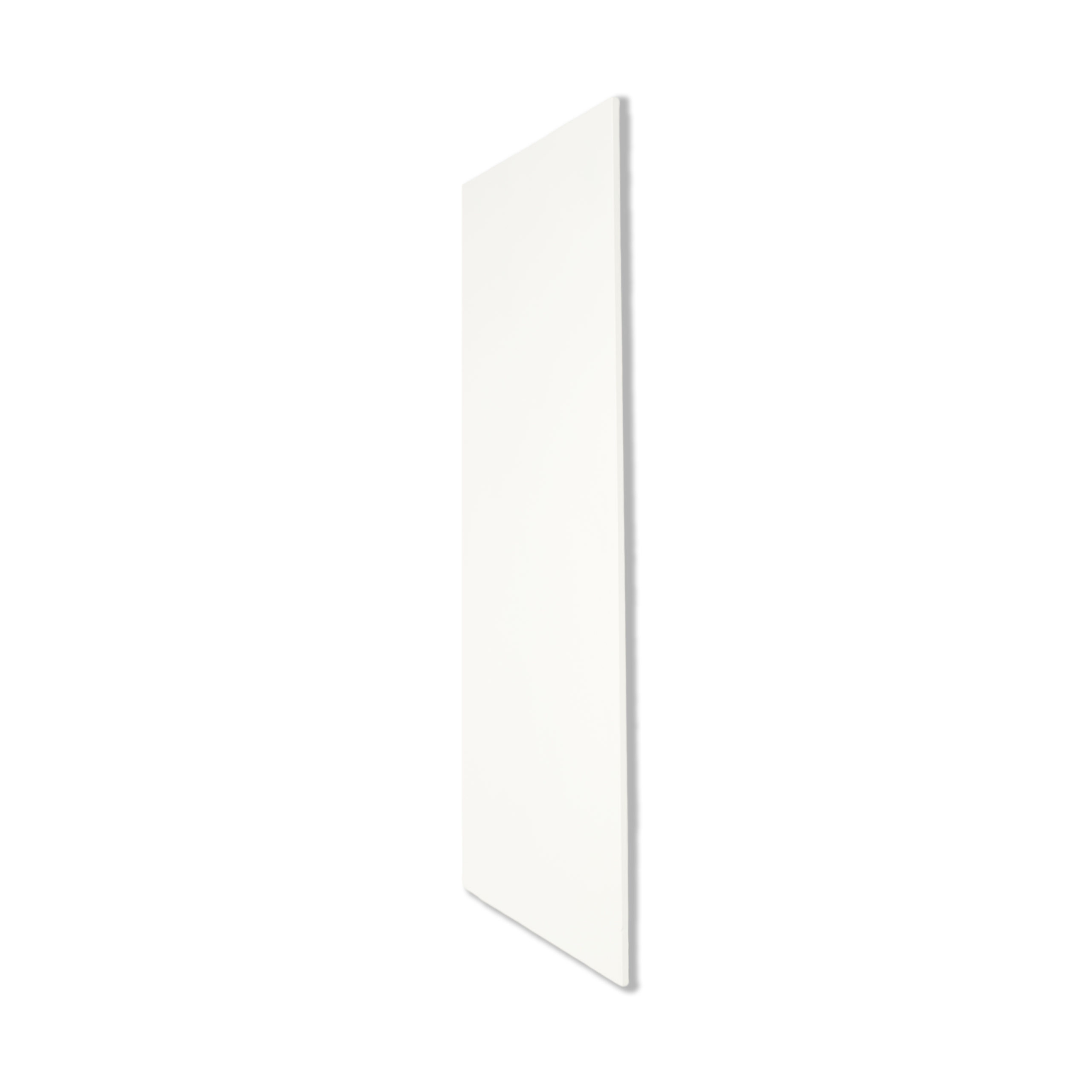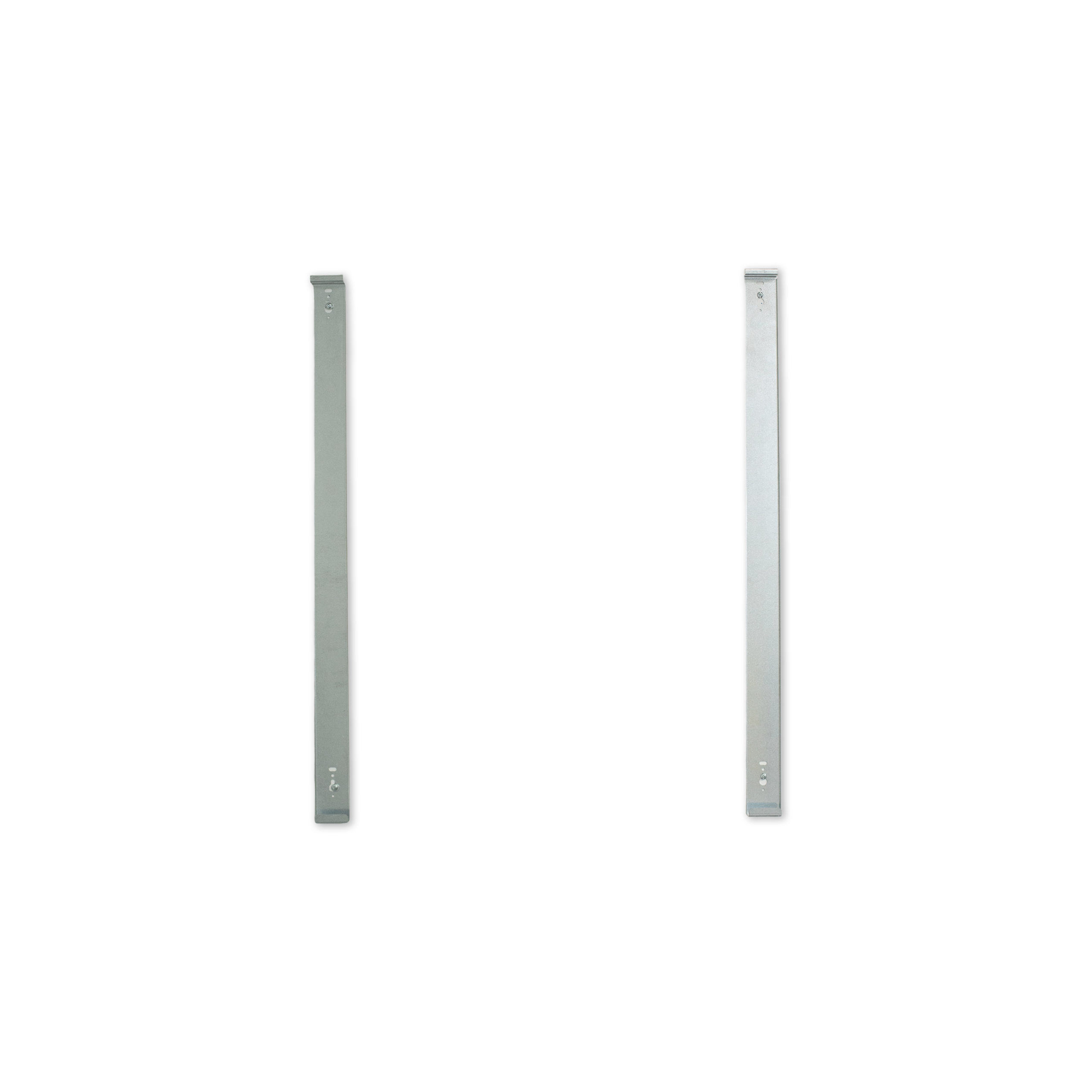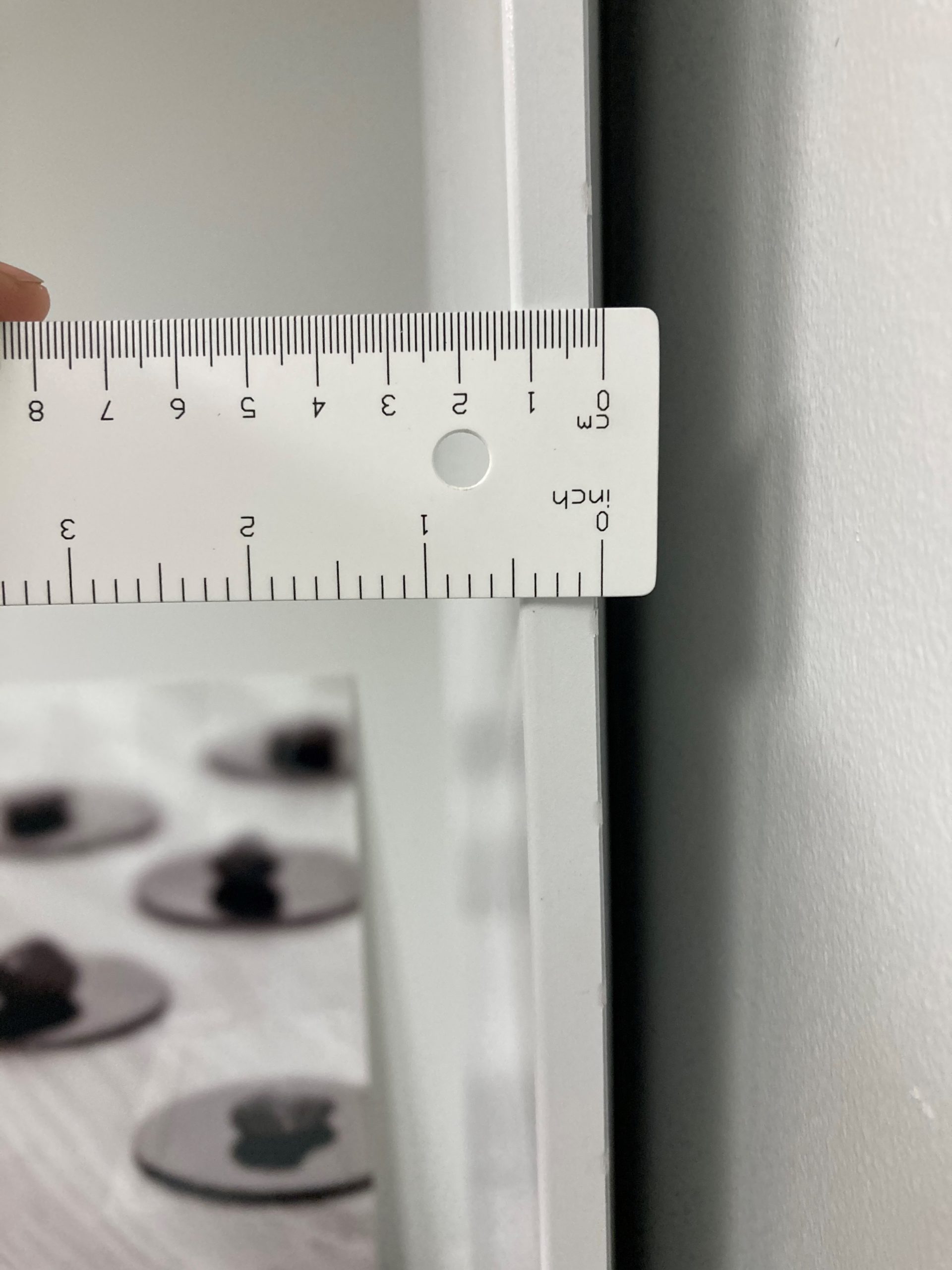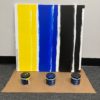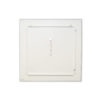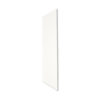ILO Plug-In Radiant Heating Panel – wall/ceiling mount
$370.00 – $640.00
ILO Plug-In Radiant Heating Panel try the best out of the box solution for any indoor cold spot – comes in white, add a custom image, or paint it yourself!
ILO Plug-In Radiant Heating Panel features:
- An out-of-the-box heating solution and add your own art, no electrician needed!
- Surface temperature of 215F
- The world’s thinnest plug-in-ready radiant heating panel @ 1/2″ / 1.27 cm
- White finish or add a favorite photo or paint to make your decor!
- Wall or ceiling mount
- Aluminum construction with a powder coated finish
- Includes an in-line on/off switch
- Five-year warranty
- Made in the USA
How much heat do I need?
- Supplemental: ceiling 3 – 5+ watts/sq.ft. wall 6-8+ watts/sq.ft
- Primary: ceiling 6 – 8+ watts/sq.ft. wall 10-12+ watts/sq. ft.
- Yoga Studio: ceiling only 15 – 30 watts/sq.ft.
What makes the ILO Plug-in Radiant heating panel special?
ILO Plug-In Radiant Heating Panel try the best out of the box solution for any indoor cold spot – comes in white, add a custom image, or paint it yourself!
- Provides an out-of-the-box heating solution that plugs into a 120-volt electrical outlet!
- No special wiring or electrician needed!
- Paintable with acrylic wall paint to match your room or get creative and express your artistic abilities!

Features and benefits:
- More comfortable than convection for most people.
- Moderately priced.
- Can be installed by a licensed electrician; where allowed, by the homeowner.
- Fewer health problems (no unnecessary air movement).
- Much less movement of dust than convection.
- Helps reduce the growth of mold (when surface temperatures are higher than the air temperature no mold can grow).
- Therapeutic, healthy warmth.
- Far infrared stimulates the blood flow, which in turns allows the human body to absorb oxygen. It aids in both the prevention and healing of common illnesses.
- No “hot head/cold feet syndrome” – even comfortable warmth.
- Promotes learning and improves workers’ output.
- When students or workers are exposed to excessive hot air (in a convection system that is not capable of heating the floor to a comfortable level), they get drowsy and cannot focus.
- With ILO there is even warmth, which translates into better productivity and less fatigue.
- Room temperature is back to normal almost immediately after an exterior door is opened/closed (Retains heat; slow to cool off).
- Thermostat can be placed at any convenient level from near the floor to near the ceiling (universal warmth throughout the room).
- Up to 50% proven energy savings over convection systems (universities’ studies).
- The solution for room additions (no ducting or structural modifications and no strain on existing systems).
- Easy to expand (start in one or more rooms; then expand as required).
- Easy to create multiple comfort zones within the same space.
- In spaces with very high ceilings there is no need to heat the space near the roof or ceiling. ILO’s panels may be suspended by chains at their optimum performance height, reducing the amount of energy required even more.
- Low cost way to “repair” failed in-floor heating systems
Specifications
ILO Plug-In Radiant Heating Panel Specifications:
NOTE: Specifications are shown at 120 volts only.
| Size | Watts | Amps | BTUs |
| 2'x2' | 400 | 3.4 | 1,365 |
| 2'x4' | 750 | 6.25 | 2,560 |
| 3.5'x3.5' | 1,100 | 9.17 | 3,754 |
Documents
- ILO Aluminum Heating Panel User Manual by HEATING GREEN 2.26.24.docx
- Painting Instructions ILO Plug-In Heating Panels
- ILO Aluminum Ceiling Panels Manual
- Shipping Weight and Dimensions

- Painting Instructions For The ILO Infrared Heating Panel
Installation
Insulation Tips
How Much Insulation Do I Need?
When it comes to insulation we typically tell people that more is better. Having more insulation and higher R-values will help retain warm temperatures in the winter and cool temperatures in the summer so you’re saving money on energy costs year-round.
Click here to find the insulation minimum requirement in your state and county.
In the average American home, 45 percent of the utility bill can be attributed to heating costs. With proper insulation, you can decrease your heating bill while increasing the warmth and comfort in your home.
There are some general guidelines that outline how much insulation you should have in your space. Things like your location, elevation and average temperature range will play a big factor into how much you should insulate. A home in Phoenix, AZ is going to require less insulation than one in Buffalo, NY. The following map and chart from the U.S. Department of Energy provide a good guideline for how much insulation you will need in your area. You can also click here to find the minimum insulation requirement in your state and county.
Types of Insulation
The market is so flooded with options for insulation that deciding on one can be a daunting task. However, exploring the features and benefits of each can help narrow the choices down. Ultimately, it will come down to what will fit in your space, your budget and what R-values you need. Generally speaking, we suggest getting the most insulation you can. When it comes to insulation, more will always help maintain your desired temperatures and keep your heating bills down!
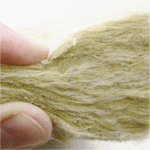 Batts – Batts are one of the most common types of insulation due to their ease of installation and relatively low cost. They are made to fit between joists and rafters. Batts insulation typically comes in blankets or will and can be made of a variety of materials such as fiberglass, wool, cotton and even soy. It’s a great choice for DIY projects.
Batts – Batts are one of the most common types of insulation due to their ease of installation and relatively low cost. They are made to fit between joists and rafters. Batts insulation typically comes in blankets or will and can be made of a variety of materials such as fiberglass, wool, cotton and even soy. It’s a great choice for DIY projects.
R Values – 3.0-4.0 per inch (Depending on Material)
Common Uses – Walls, Foors, Ceilings
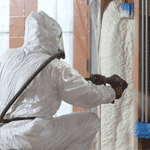 Blown-In – Blown-in or loose-fill insulation consists of fibrous strands of fiberglass or cellulose that are blown into ceilings or walls with a special machine. This type of insulation can be installed as a DIY project with rented equipment or you can hire a professional.
Blown-In – Blown-in or loose-fill insulation consists of fibrous strands of fiberglass or cellulose that are blown into ceilings or walls with a special machine. This type of insulation can be installed as a DIY project with rented equipment or you can hire a professional.
R Values – 2.2-3.8 per inch (Depending on Material)
Common Uses – Walls, Ceilings
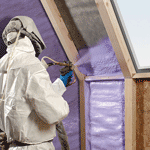 Spray Foam – Spray Foam insulation is a type of liquid that expands into a foam when applied. It can be sprayed into walls, floors and ceilings and will fill those hard-to-reach nooks and crannies. While spray cans of foam insulation can be bought for insulating very small areas, such as around pipes and windows, professional installation is needed for larger applications.
Spray Foam – Spray Foam insulation is a type of liquid that expands into a foam when applied. It can be sprayed into walls, floors and ceilings and will fill those hard-to-reach nooks and crannies. While spray cans of foam insulation can be bought for insulating very small areas, such as around pipes and windows, professional installation is needed for larger applications.
R Values – 3.5-6.5 per inch (Depending on Material)
Common Uses – Walls, Foors, Ceilings
 Structural Insulated Panels (SIPS) – SIPS consist of an insulating material, such as foam, sandwiched by particle board sheets. These sheets typically come in 4’x8’ configurations and are most often used for new construction. They are great due to their ability to insulate an entire wall but can be expensive to install and to not lend well to remodels or retrofits.
Structural Insulated Panels (SIPS) – SIPS consist of an insulating material, such as foam, sandwiched by particle board sheets. These sheets typically come in 4’x8’ configurations and are most often used for new construction. They are great due to their ability to insulate an entire wall but can be expensive to install and to not lend well to remodels or retrofits.
R Values – 3.8-7.7 per inch (Depending on Material)
Common Uses – Walls, Ceilings
Where to Insulate
For optimal efficiency, your home should be insulated from the attic ceiling to the basement floor. For tips on where to concentrate insulation consider this graphic from the Department of Energy.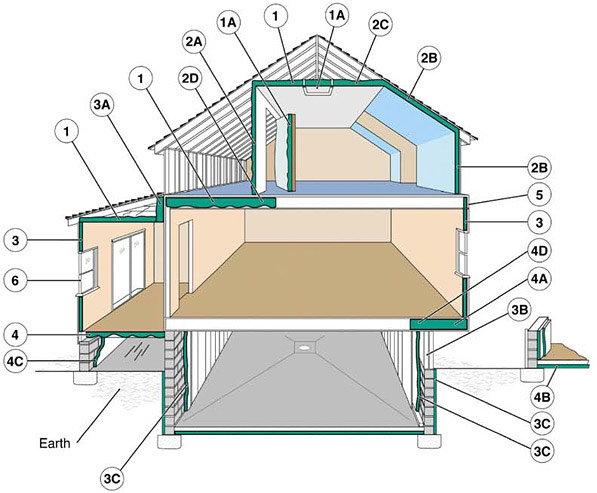
- 1: Unfinished Attic – Insulate between and over the floor joists and around attic access door (1a).
- 2: Finished Attic – Insulate between studs of knee walls (2a), between studs and rafters of exterior walls (2b), and ceilings with cold overhead spaces (2c). Extend insulation into joist space (2d).
- 3: Exterior Walls – Insulate walls between rooms, garages, storage areas (3a); above ground level foundation walls (3b); foundation walls in heated basements (3c).
- 4: Floors – Insulate floors above cold spaces such as vented crawl spaces and unheated garages. Also insulate floors cantilevered beyond the exterior wall below (4a); slab flors built directly on the ground (4b); foundation walls of unvented crawl spaces (4c). Extend into joists (4d).
- 5: Band Joists
- 6: Windows & Doors– Seal and caulk around windows and doors.
Seal Air Leaks
Another key component to properly insulating your home involves making sure it’s well sealed. Air leaks around plumbing vents, doors, windows and other culprits allow cold air to enter, and heated air to escape your home. By sealing these areas, you can improve your heating efficiency. The following image from energy.gov shows some areas prone to air leaks.
Do a Blower Door Test
 You can test for air leaks in your home by doing a blower door test. A professional energy auditor will place “blower door” in your doorway. This is an instrument containing a fan that pulls air out of your home and a series of gauges to measure air pressure. This creates a pressure gradient between your home and the air outside, which allows the auditor to pinpoint air leaks in your home. This is illustrated by the graphic to the right, provided by energy.gov.
You can test for air leaks in your home by doing a blower door test. A professional energy auditor will place “blower door” in your doorway. This is an instrument containing a fan that pulls air out of your home and a series of gauges to measure air pressure. This creates a pressure gradient between your home and the air outside, which allows the auditor to pinpoint air leaks in your home. This is illustrated by the graphic to the right, provided by energy.gov.
Energy Tips
Our heating products are a great start to conserving energy, but there is always more you can do to keep those utility bills lower.
Use a programmable thermostat – You can program these to turn your heaters on and off at set times. For example, you can set them to turn on before you get up in the morning, shut off while you’re at work and turn back on before you get home in the evening.
Insulation is key – Any heating or cooling system will perform best when well insulated. To get the best performance out of your heaters make sure your space is properly insulated. For more on how to insulate your home check out this link from energy.gov
Reduce drafts – Air leaks around plumbing vents, doors, windows and other culprits allow cold air to enter, and heated air to escape your home. By sealing these areas, you can improve your heating efficiency. The following image from energy.gov shows some areas prone to air leaks.


